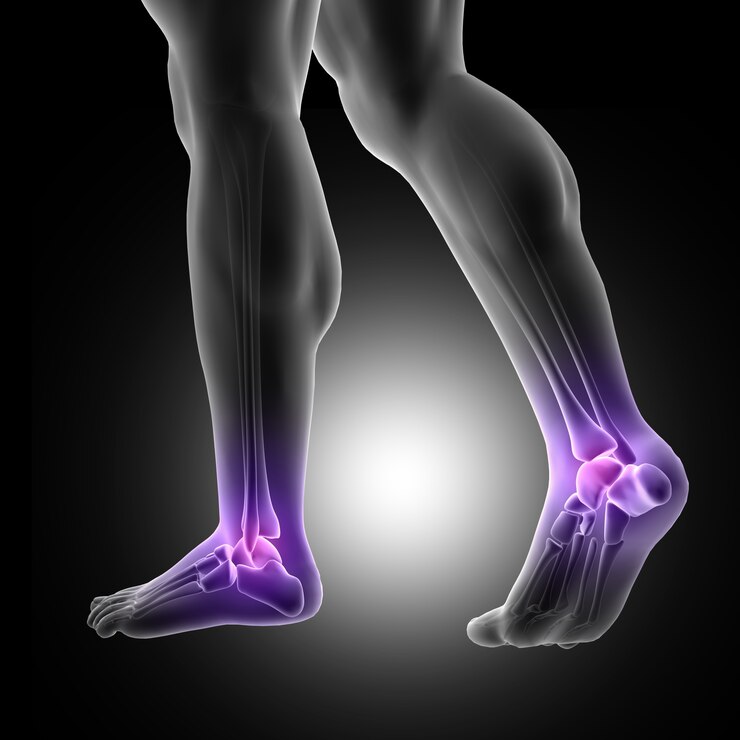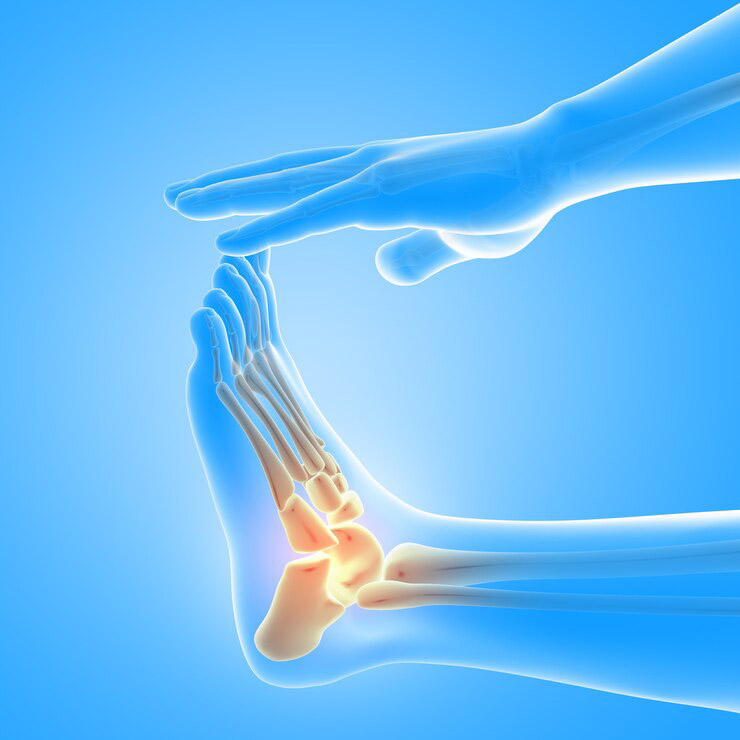
Anterior Cruciate Ligament (ACL)
- 05 June, 2023

Bunion surgery is a procedure to correct the deformity caused by bunions and to relieve their symptoms. In addition to relieving pain, bunion surgery can also improve the appearance of bunions.
Bunions are caused by a hereditary bone structure that develops slowly over the course of a person's life. However, wearing ill-fitting or too-tight shoes can accelerate their progression.
In addition to family history, bunions can also form due to conditions such as flat feet, hypermobility of the big toe, or joint inflammation. Some doctors argue that ill-fitting shoes can also contribute to the formation of bunions if a person is genetically predisposed.
Bunions are not a cause for concern for most people as long as they are simply bony prominences on the sides of their feet. However, these prominences can grow and eventually become so prominent that they cause severe pain in the big toe joint and lateral deviation of the big toe. As a result, you may experience the following specific symptoms :
These symptoms typically worsen with age. The longer you ignore the initial symptoms of bunions, the worse they will get. In some cases, the condition can lead to complications such as joint arthritis or displacement of the second toe joint. At this stage, surgery is the only permanent option to correct the deformity and provide relief from pain.


There are several different types of bunionectomy, which aims to either reposition the bone or remove a portion of the tissue. These include :
• Wearing a special medical brace or support that surrounds the foot during the first weeks after surgery.
• Keeping the affected foot elevated with the possibility of applying ice packs to reduce pain and swelling following surgery during the first few days after.
• Avoiding putting full weight on the foot for a period of time determined by the doctor until the bone heals. Therefore, crutches or other tools are used to reduce pressure on the foot.